In an era where mass tourism threatens to overwhelm cherished destinations,
certain villages worldwide have pioneered remarkable approaches to sustainable
tourism. These communities have found innovative ways to welcome visitors while
preserving their cultural heritage, protecting their natural environments, and ensuring
economic benefits flow directly to residents.
Their success stories offer valuable lessons for communities worldwide seeking to
balance tourism development with environmental and cultural preservation.
Ghandruk, Nepal
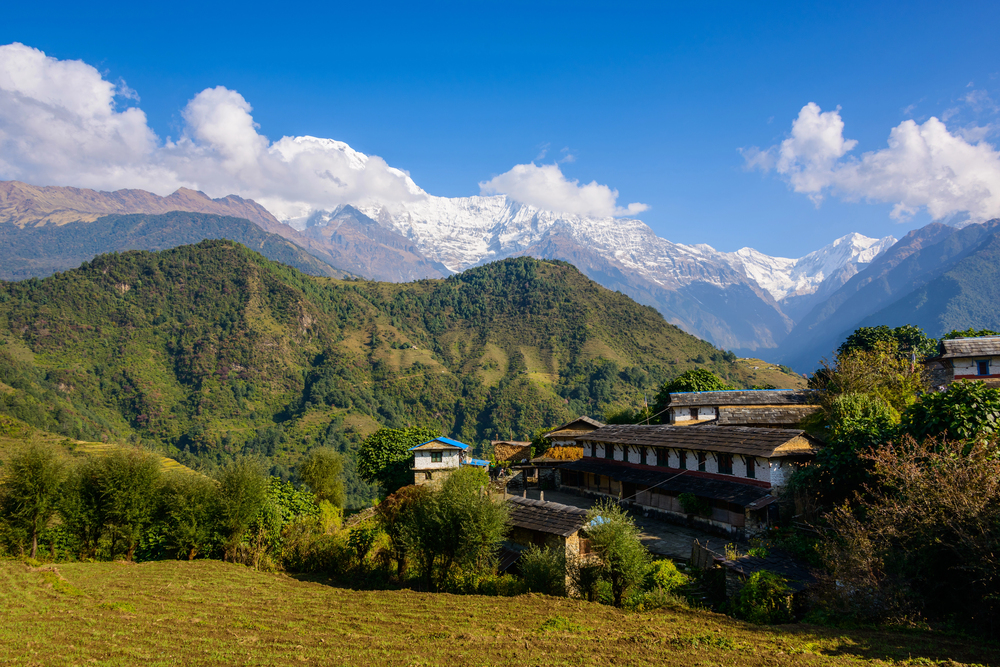
Nestled at 6,560 feet in the Annapurna region, Ghandruk has developed a
community-based tourism model that puts local families at the center of the visitor
experience. The village’s homestay program distributes tourism income across
multiple households while helping preserve traditional Gurung architecture and
customs.
Its innovative waste management system and solar power initiative have made it a model for sustainable mountain tourism.
Tortuguero Village, Costa Rica
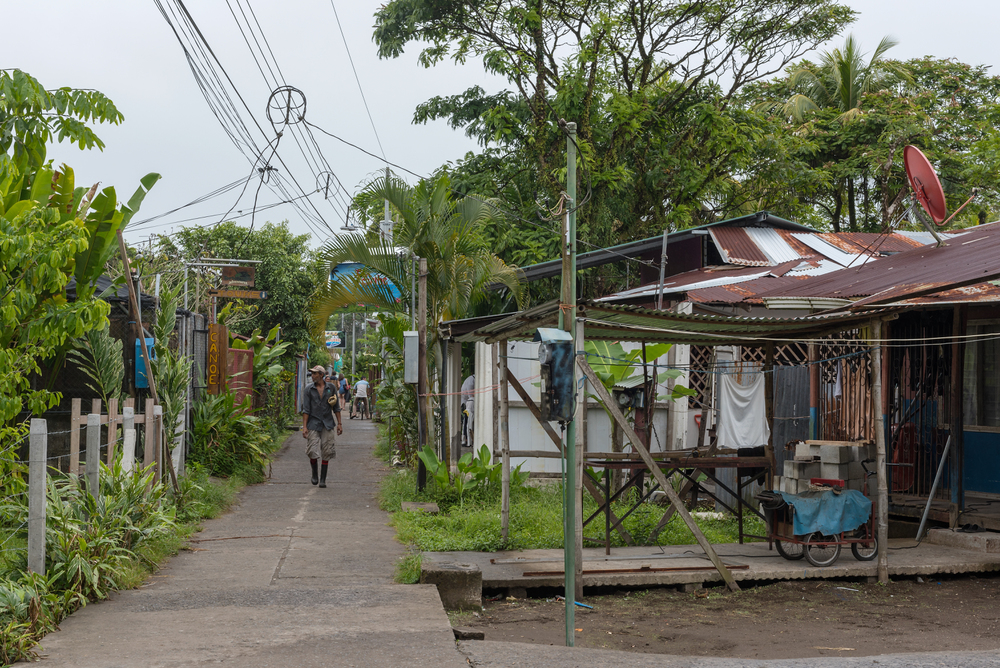
Located along Costa Rica’s Caribbean coast, Tortuguero has transformed from a
struggling fishing village into a thriving ecotourism destination. The community’s sea
turtle conservation program employs former poachers as guides and researchers,
while strict building codes ensure new tourist facilities don’t disrupt the nesting
beaches.
Local cooperatives manage tours and lodging, keeping tourism revenues within the community.
Like Travel Pug’s content? Follow us on MSN.
Khonoma Village, India
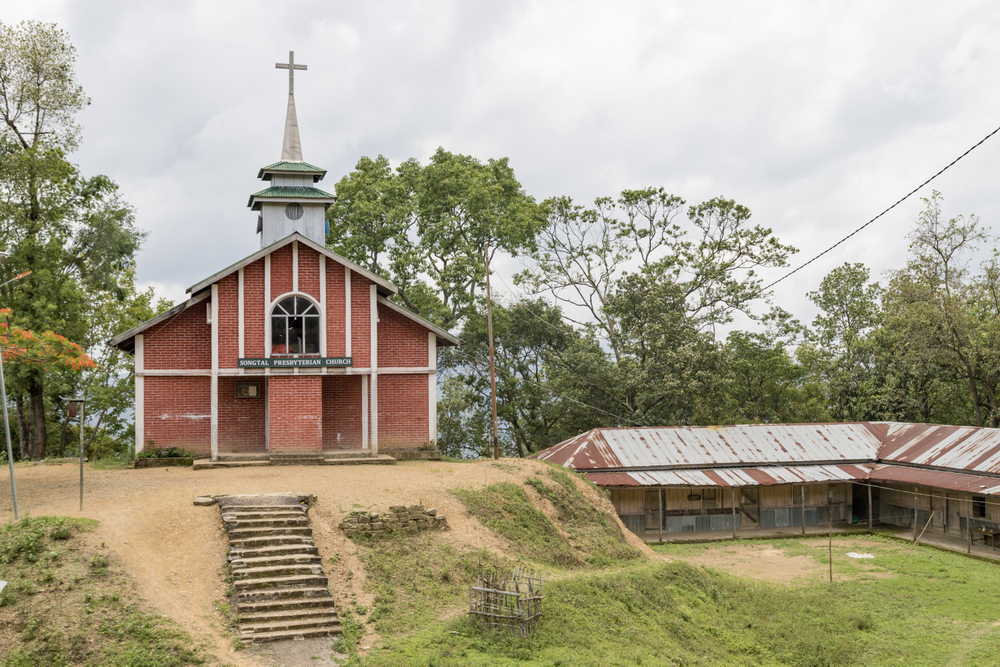
In Nagaland, Khonoma gained recognition as India’s first green village through its
remarkable journey from hunting to conservation. The village council banned hunting
and logging, establishing a 5,000-acre nature reserve while developing nature-based
tourism activities.
Their traditional agricultural practices and living museums showcase sustainable alternatives to conventional tourism development.
Juodkrantė, Lithuania
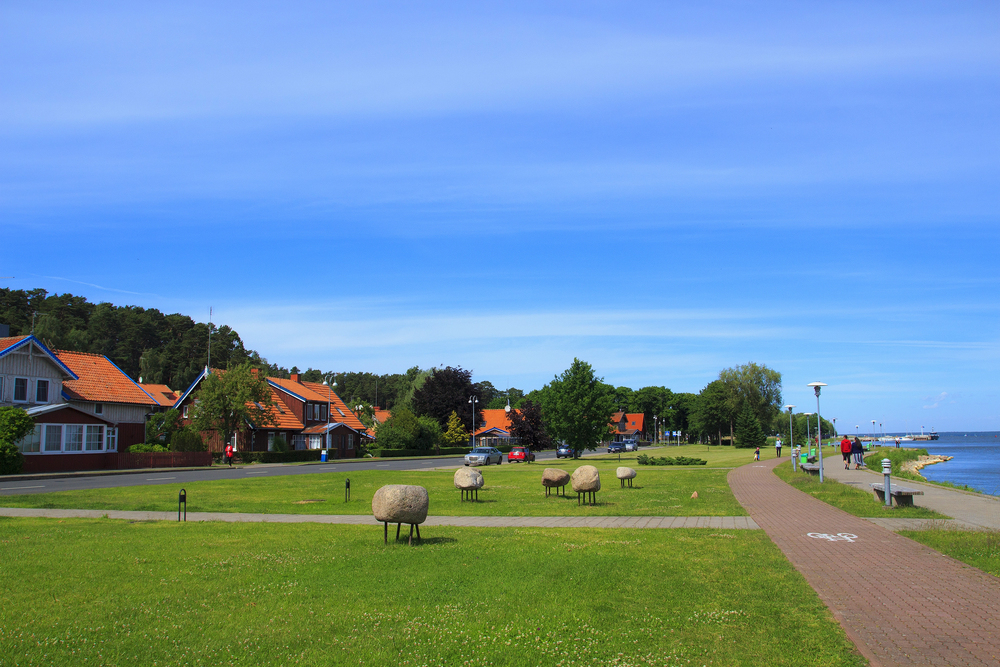
This Baltic coastal village on the Curonian Spit has preserved its unique cultural
landscape through careful tourism planning. The community maintains strict architectural guidelines for new construction, operates a successful bicycle-sharing
program, and requires all tourism businesses to follow zero-waste principles.
Their annual arts festival celebrates local traditions while attracting responsible travelers.
Pingjiang, China

Pingjiang has revitalized its ancient canal system and historic architecture in Hunan
Province through community-led tourism initiatives. The village’s innovative point
system rewards businesses that maintain traditional building styles and use local
materials.
Their successful apprenticeship program ensures that traditional crafts and cooking methods will continue for younger generations.
Like Travel Pug’s content? Follow us on MSN.
Assos, Turkey
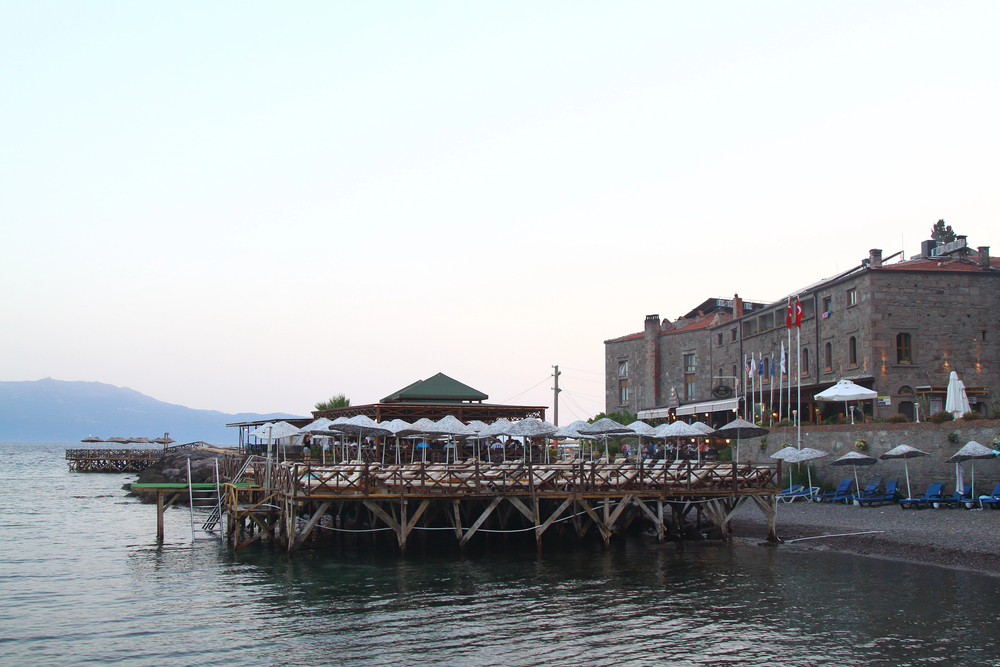
Perched on the Aegean coast, Assos has implemented a pioneering approach to
archaeological tourism. The village council works with archaeologists to involve
residents in site preservation while developing sustainable tourism opportunities.
Their innovative visitor management system protects ancient ruins while providing
meaningful employment for community members.
Siwa Oasis, Egypt
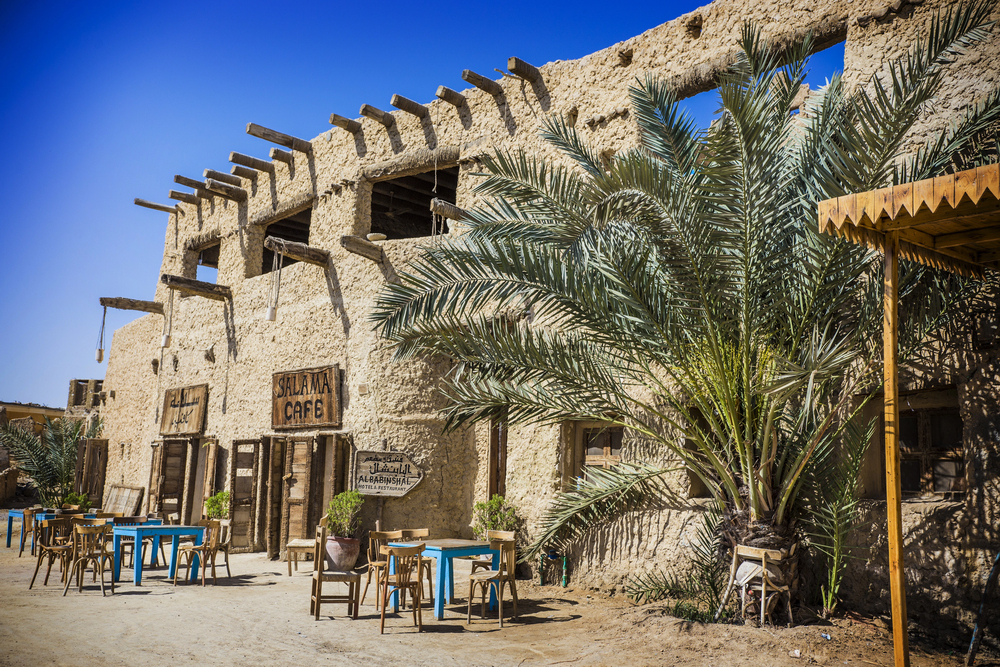
This remote desert community has embraced slow tourism principles while
preserving its unique Amazigh culture. The village’s eco-lodge program utilizes
traditional building techniques and solar power, while their craft cooperative ensures
fair prices for local artisans.
Their innovative water conservation methods have become a model for sustainable desert tourism.
Vang Vieng, Laos
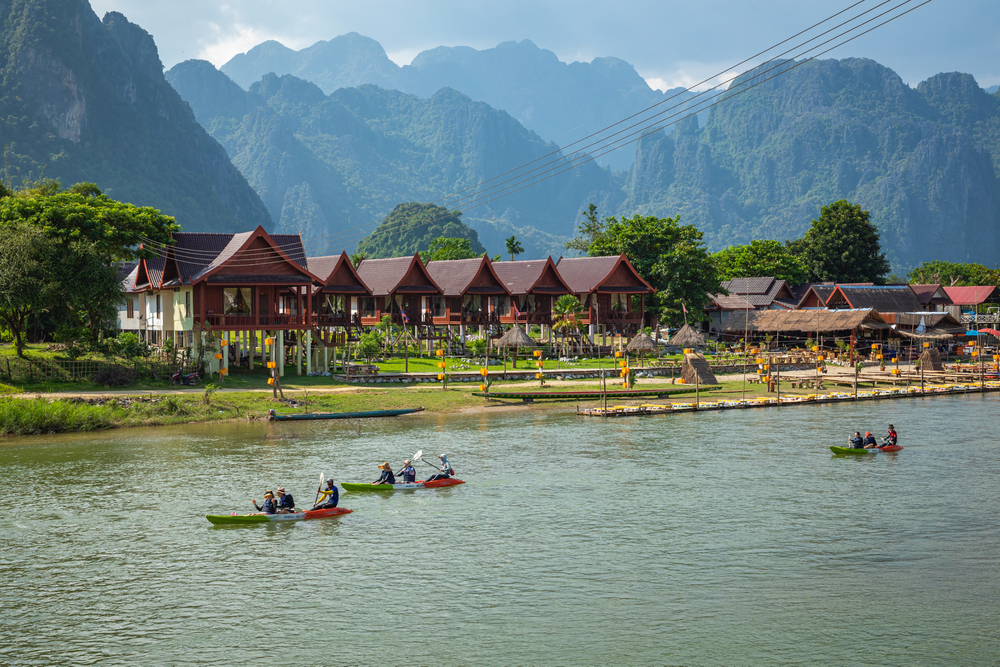
Once notorious for party tourism, Vang Vieng has successfully reinvented itself
through community-based ecotourism. The village established strict environmental
guidelines for tourism operators, developed alternative trekking routes to reduce
impact, and created a successful organic farming program that supplies local
restaurants.
Their transformation demonstrates how communities can redirect tourism toward sustainability.
Like Travel Pug’s content? Follow us on MSN.
Klippan, Sweden
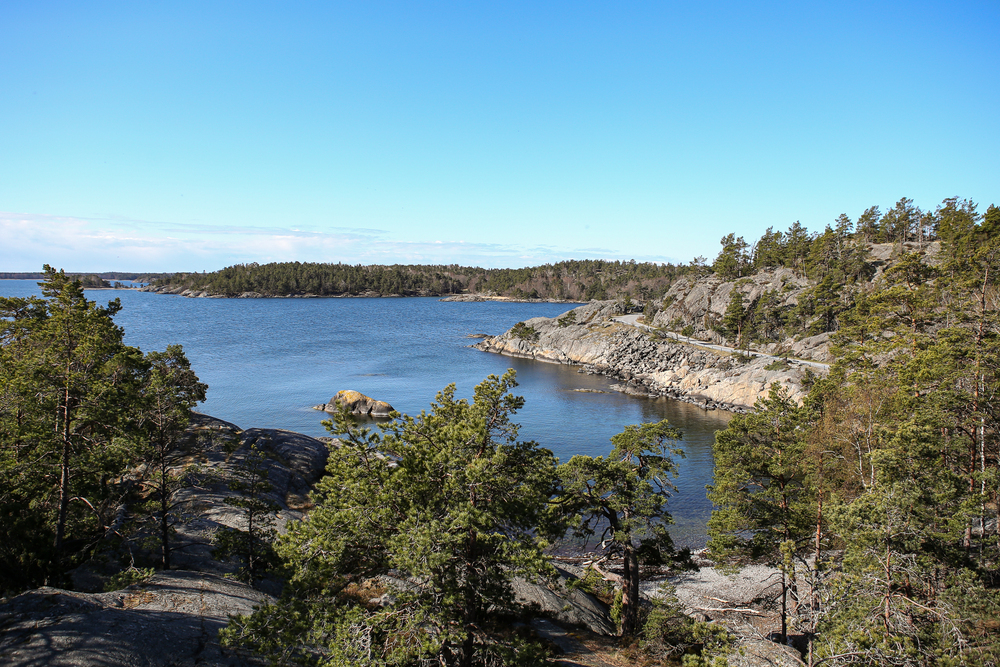
This former mining village in northern Sweden has developed a unique approach to
winter tourism that celebrates its industrial heritage while promoting environmental
conservation. The community converted abandoned mines into underground museums, established a renewable energy program, and created innovative snow-
based activities with minimal environmental impact.
Snowshill, England
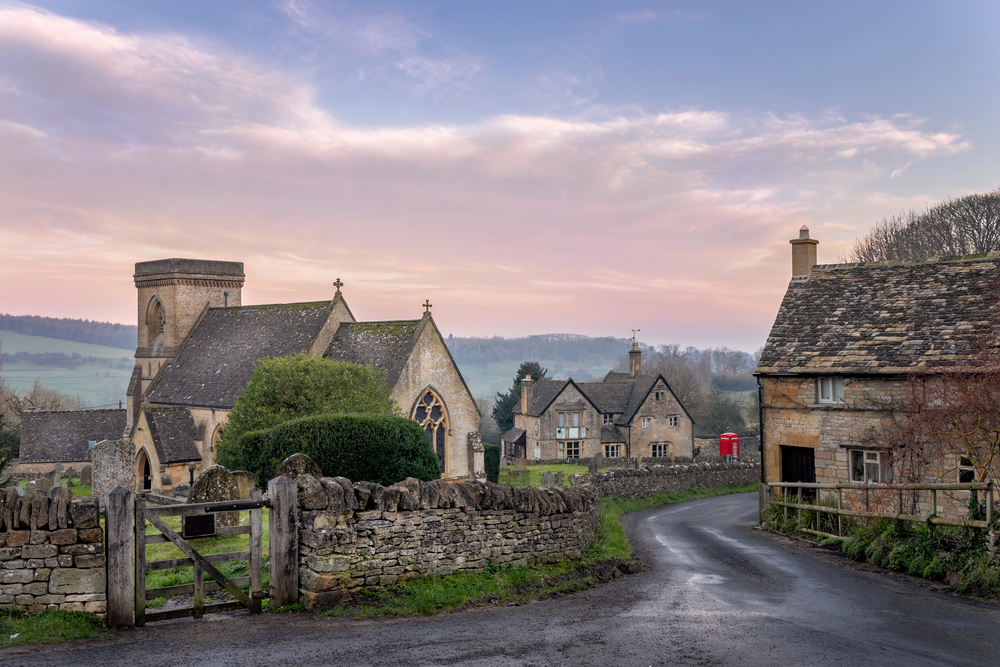
Nestled in the Cotswolds, Snowshill has implemented innovative visitor management
techniques to preserve its medieval character. The village’s traffic-free zones, local
produce markets, and heritage skills workshops ensure tourism enhances rather
than diminishes local life.
Their seasonal festival program spreads visitor numbers throughout the year while celebrating local traditions.
Nkuringo, Uganda
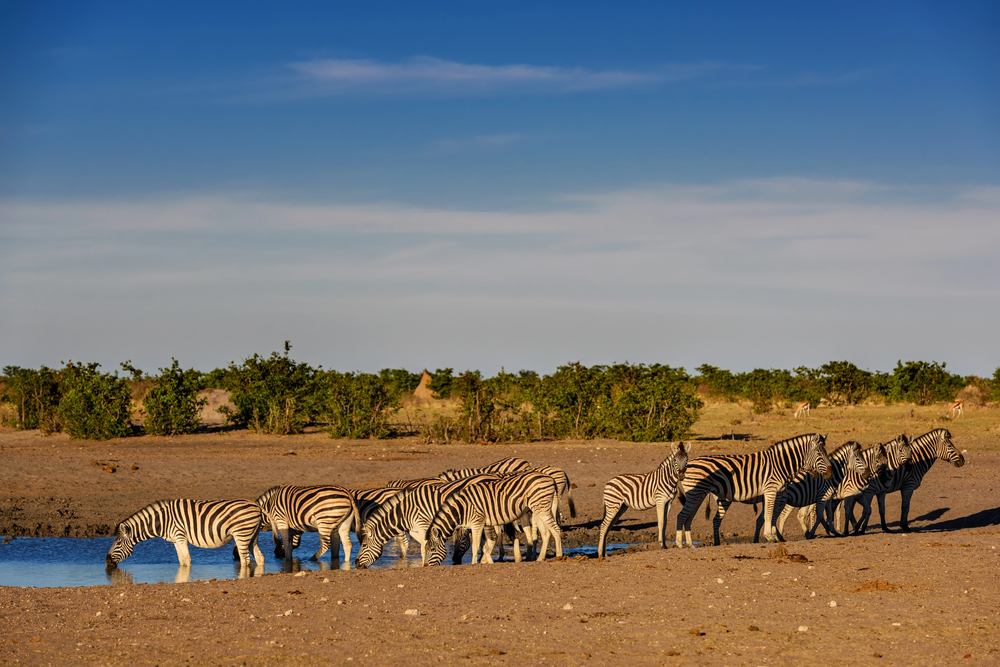
The community of Nkuringo is strategically located near Bwindi Impenetrable
National Park and has developed a complete gorilla tourism program that directly
benefits the whole community. Through the revenue-sharing system, their schools
and health facilities are taken care of; their craft cooperative provides alternative
income sources.
The forest regeneration project shows how tourism can be harnessed for conservation.
Like Travel Pug’s content? Follow us on MSN.
Sabtang Village, Philippines
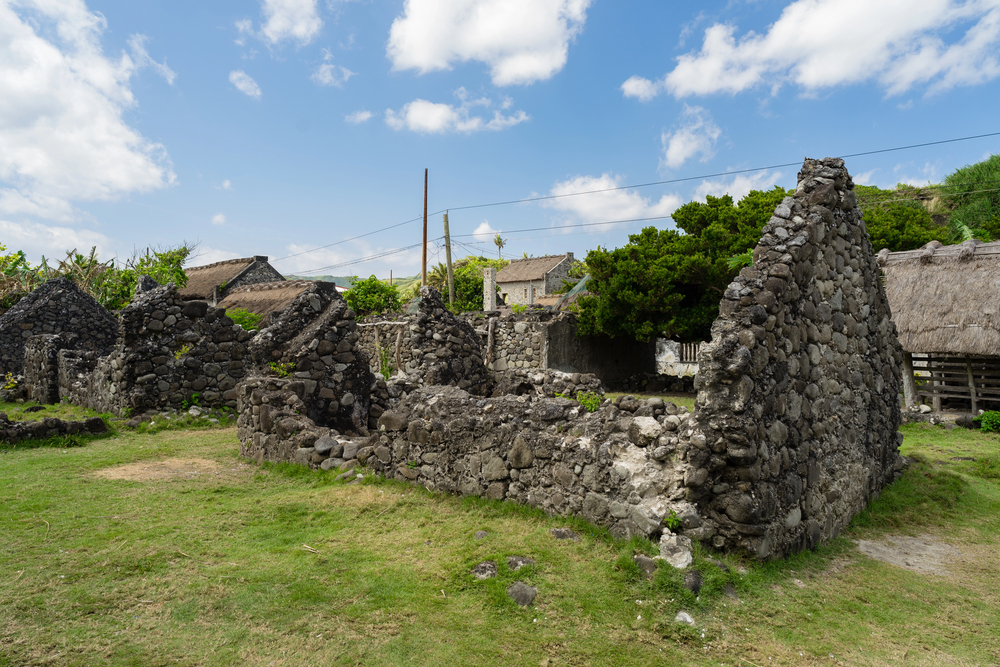
Sabtang has preserved its unique stone architecture and traditional fishing practices
in the remote Batanes Islands through carefully managed tourism development. The
community’s homestay program requires visitors to participate in daily activities,
while their marine protected area ensures sustainable fishing practices continue
alongside tourism activities.
Ushguli, Georgia
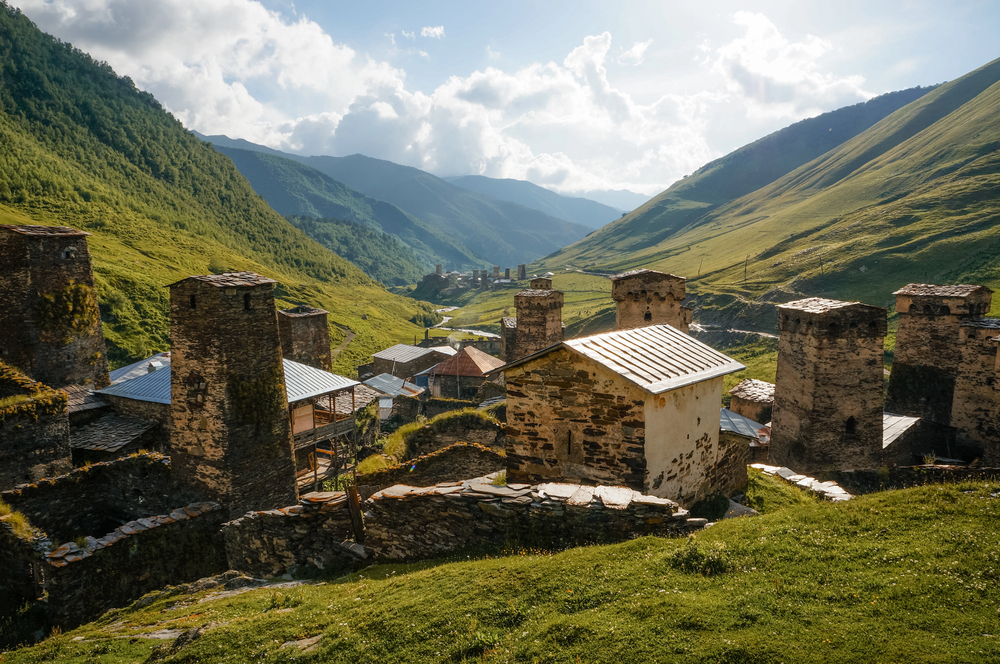
The town, located 7,218 feet in the Caucasus Mountains, preserved medieval tower
houses and developed responsible tourism initiatives. Training guides locally is part
of a program ensuring youth employment while allowing them to produce authentic
traditional music and crafts for visitors to the village.
Maras, Peru
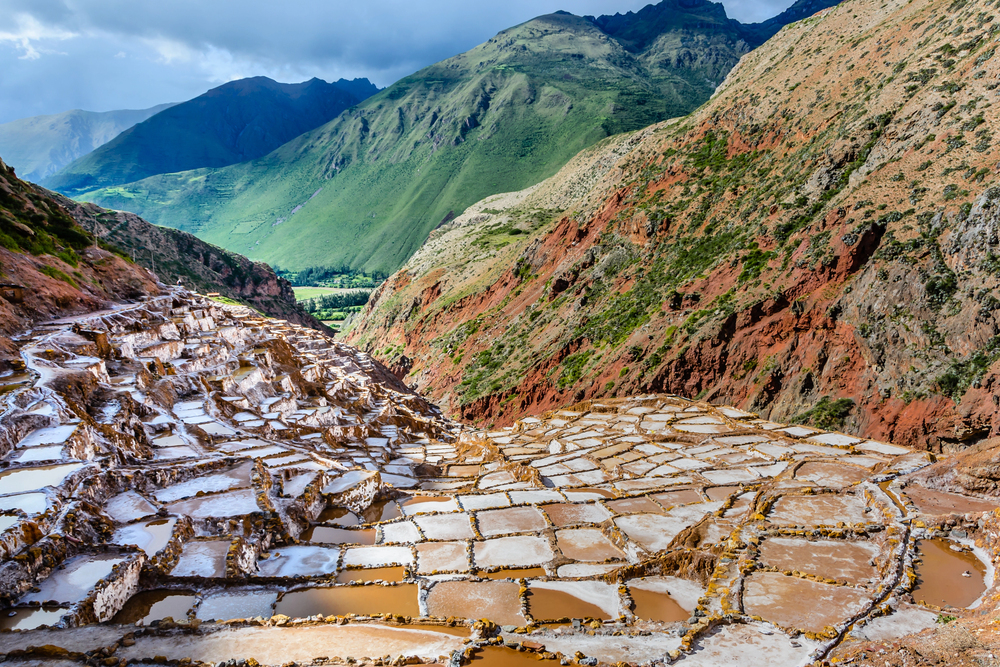
Maras, known for its ancient salt ponds, has used a cooperative management
system to ensure tourism benefits the community. The village’s ticketing system was
innovative in equitably sharing revenues among salt-producing families, while the
cultural preservation program protected the traditional harvesting method.
Their model shows how modern tourism can flourish alongside ancient traditions.
Like Travel Pug’s content? Follow us on MSN.
Kamikatsu, Japan
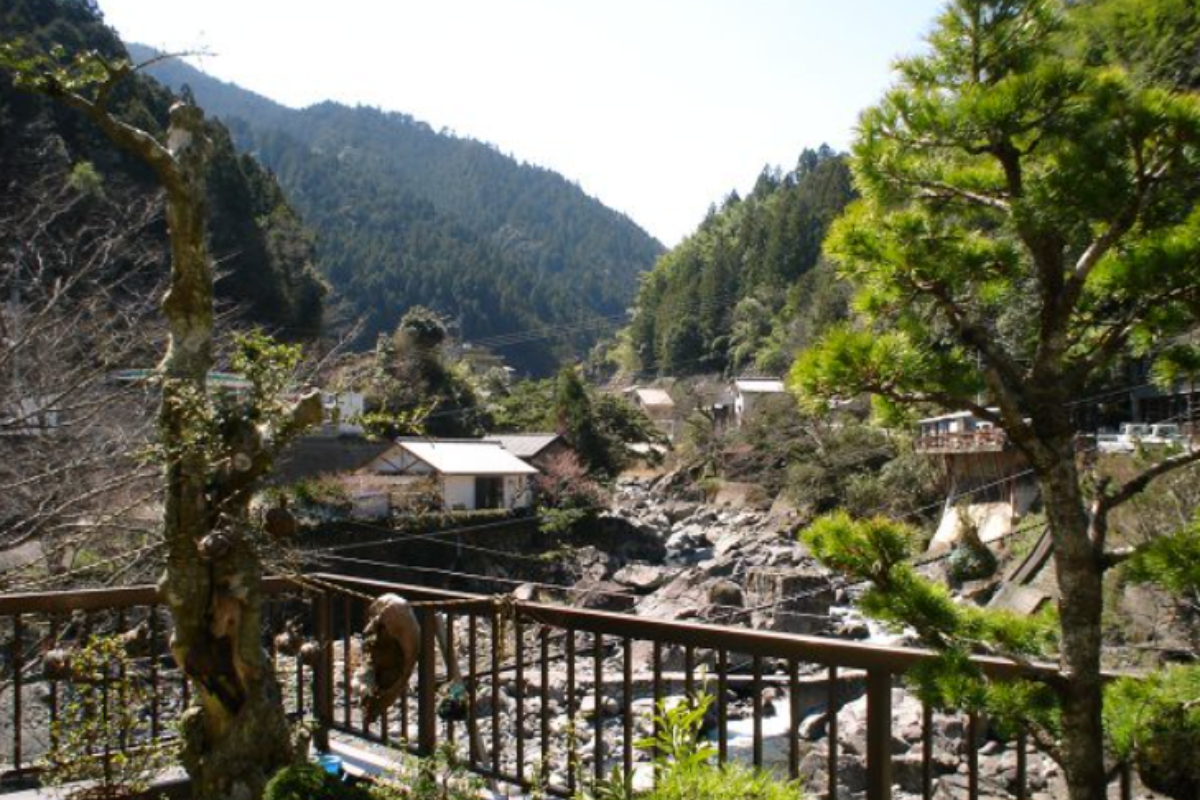
This mountain village became a global attraction because of its zero-waste projects,
which have become a major attraction for tourists. The community’s waste
separation program is both a community and visitor-based activity, while their
creative upcycling workshops attract sustainable tourism enthusiasts.
Their successful circular economy approach proves how environmental initiatives can
drive tourism growth.
Gásadalur, Faroe Islands
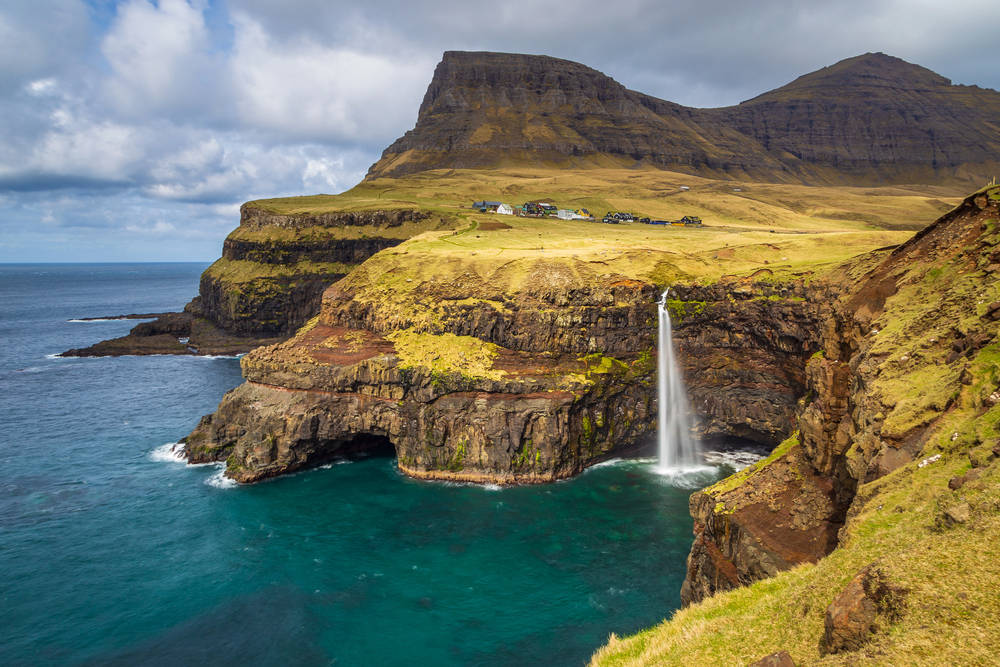
With only 18 permanent residents, Gásadalur has been innovative in dealing with
overtourism. Visitor quota system by the village guided hiking programs and
traditional food experiences ensure that tourism remains sustainable even as its
popularity increases.
The community controls the visitor numbers while maximizing the economic benefits with its innovative booking system.
Reine, Norway
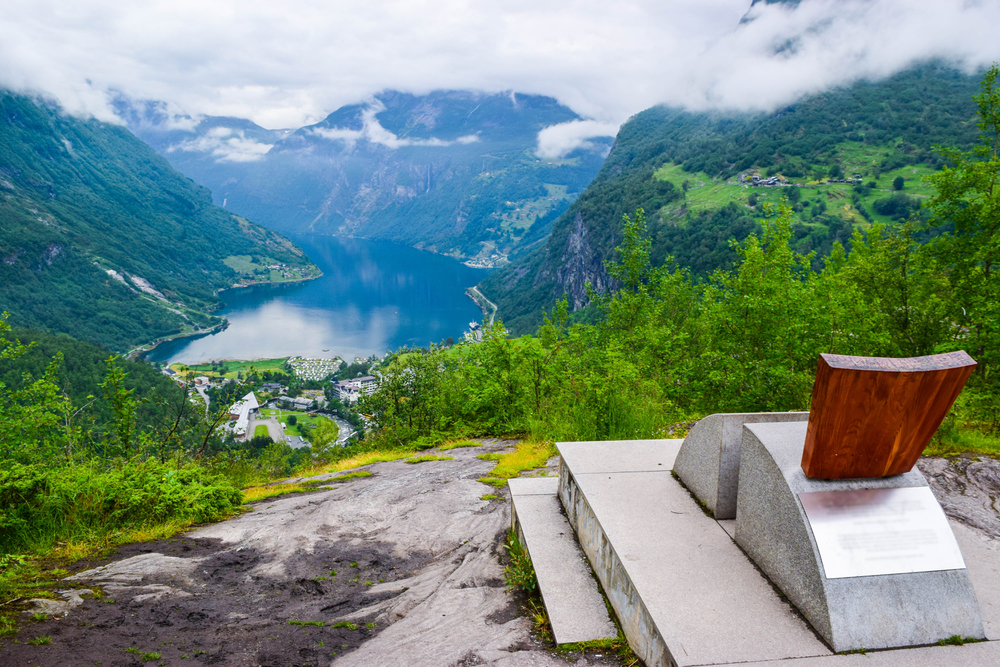
This fishing village in the Lofoten Islands has successfully integrated tourism with
traditional livelihoods. The community converted historic fishing cabins into
accommodations while maintaining active fishing operations, developed strict
guidelines for northern lights tourism, and created innovative programs that allow
visitors to participate in seasonal fishing activities.
Like Travel Pug’s content? Follow us on MSN.
Chong Khneas, Cambodia

Located on Tonle Sap Lake, Chong Khneas has transformed its floating village
tourism through community-led initiatives. The village established a cooperative to
manage boat tours, developed environmental education programs, and created
alternative livelihood opportunities for families affected by declining fish stocks.
Their adaptive approach shows how traditional communities can evolve sustainably.
Telč, Czech Republic
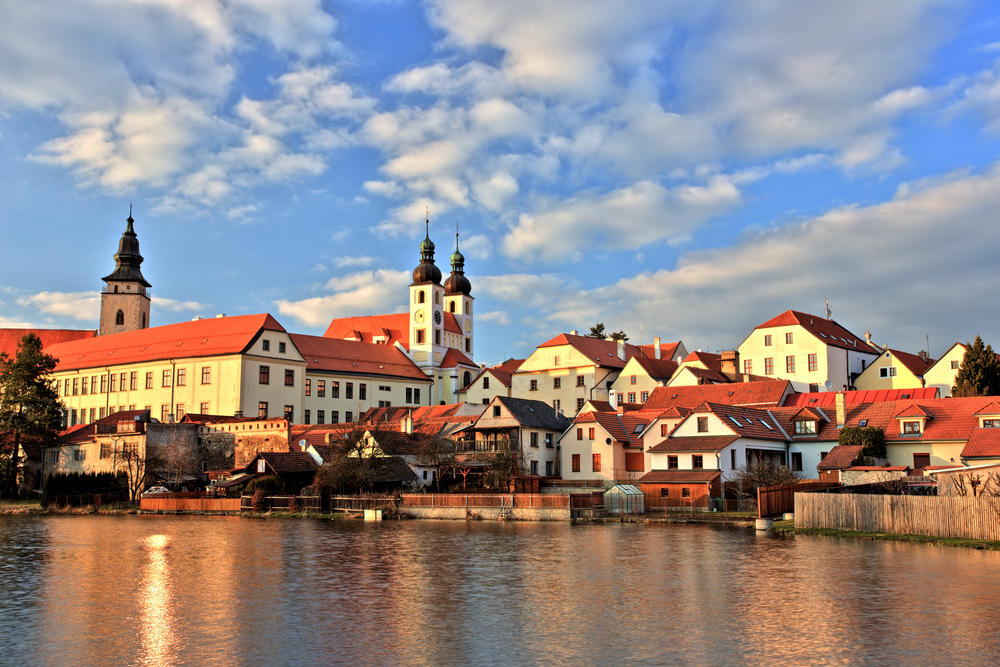
Innovative solutions are implemented to preserve renaissance architecture and
tourism growth in this UNESCO World Heritage site. The community’s restoration
workshops employ the local craftspeople, while their seasonal cultural programs
spread the visitor numbers throughout the year.
This proves how historic preservation and tourism development can work together.
Kaikōura, New Zealand
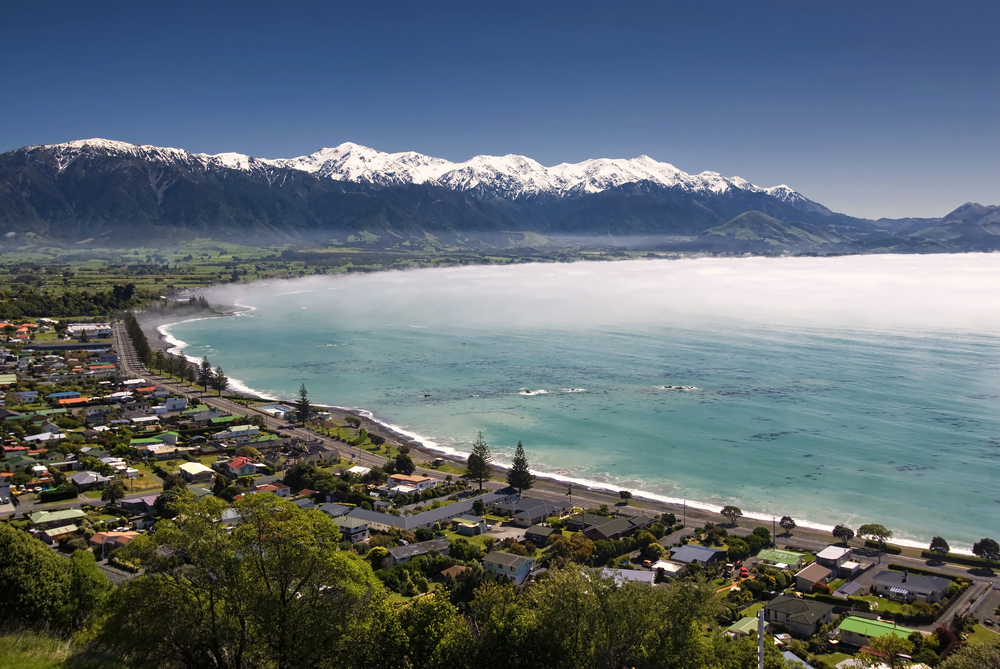
This small coastal village on New Zealand’s South Island has become a world leader
in community-led marine tourism. Innovative whale-watching regulations have
minimized impacts on marine mammals, and seafood harvesting guidelines have
protected local fish stocks for future generations.
A comprehensive environmental monitoring program that engages tourists and residents in data collection has made this coastal tourism model successful.
Like Travel Pug’s content? Follow us on MSN.
Legacy of Sustainable Tourism

These villages prove sustainable tourism is not only about environmental awareness
but also requires innovative thinking, community engagement, and a long-term vision
for balanced development. Their experiences offer lessons for other communities seeking to develop tourism responsibly while preserving their unique cultural and natural heritage.
More from Travel Pug

- 15 Dangerous European Cities to Avoid
- 15 Caribbean Islands Where Tourists Keep Getting Scammed
- The 20 Most Fascinating Abandoned Places: A Journey Through Time and Forgotten Spaces
- 15 Hidden Places in the Smithsonian Museums Locals Love: A Guide to Lesser-Known Treasures
- 16 Hidden Florida Beach Towns That Aren’t Overrun with Tourists
Like Travel Pug’s content? Follow us on MSN.
